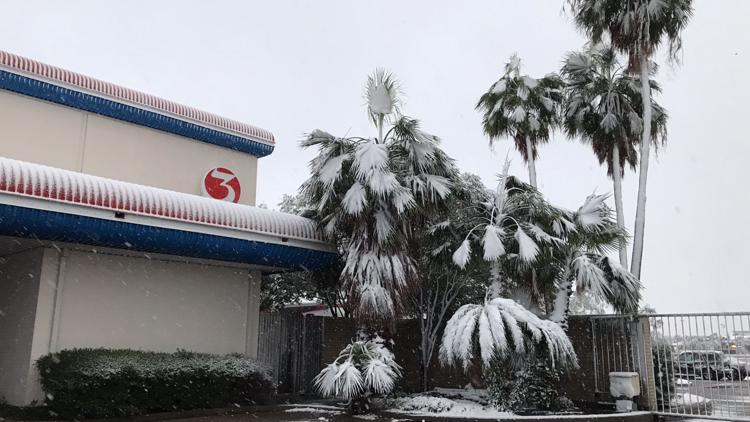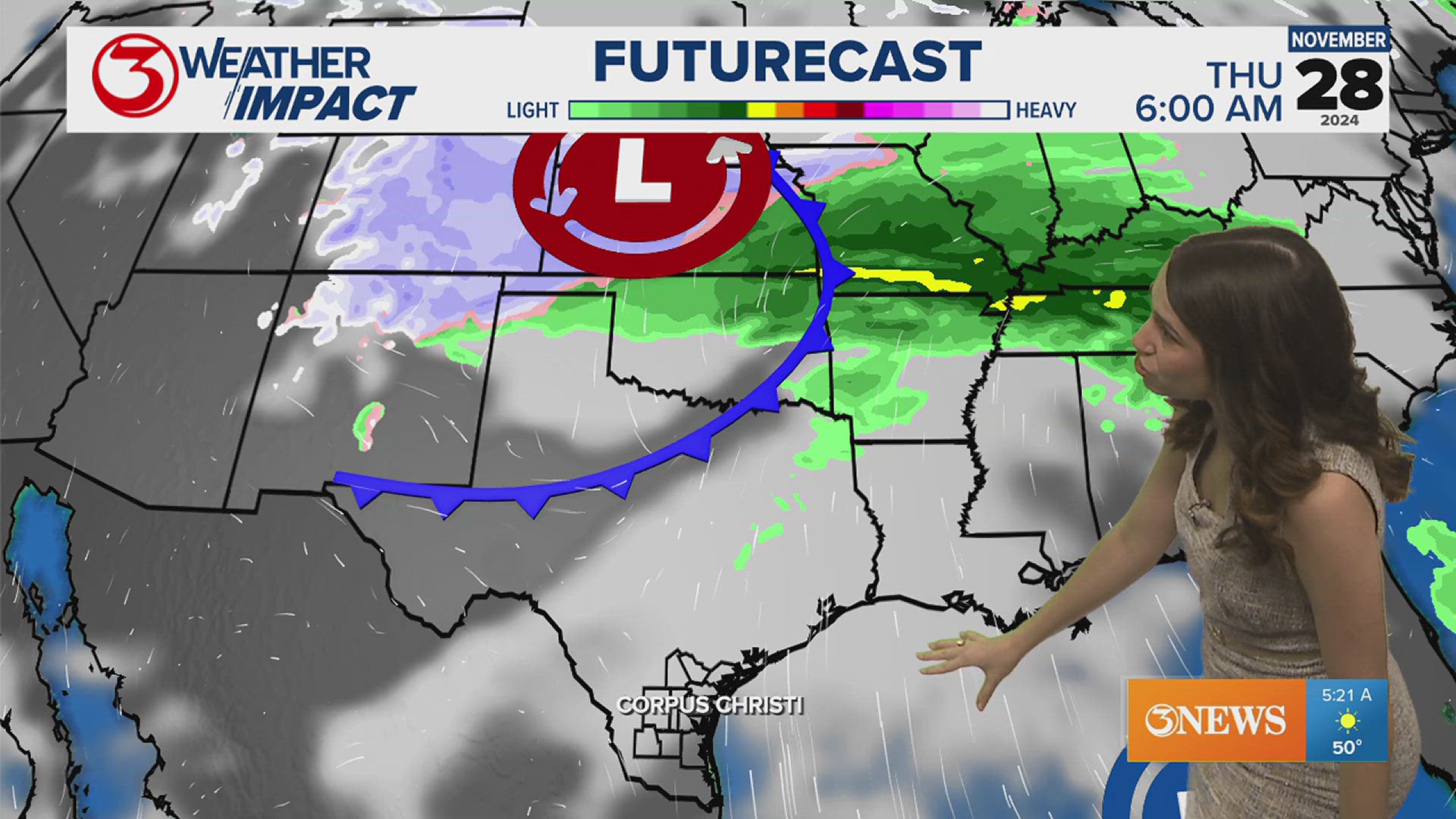CORPUS CHRISTI, Texas — 'Hey, Alan, turn on the snow!' 'We know you have a button under your desk, just press it!' 'I hope it snows!' 'We never get any of the good stuff :(' 'You're a thief of joy.' Lots of load bearing for your local morning meteorologist, eh?
I hear it all the time when it comes to snow - or lack there of. I usually respond with some type of sarcastic or subtly snarky response only I think is funny, making light of the lack of snow around these parts. There was, however, a little bit of sleet (a winter precip type) in the area this morning, which would have gone largely un-noticed had it not fallen directly over parts of Corpus Christi for the 5 minutes it existed; it was a tiny little bugger.

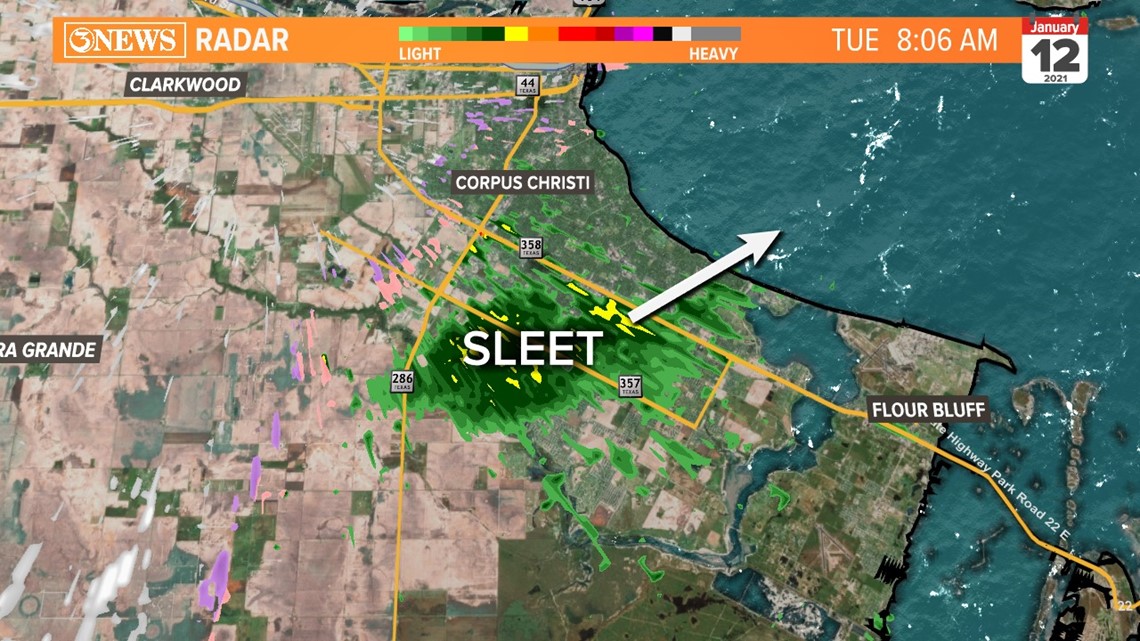
There have been two significant snowfall events for our neighbors to the north in the last two weeks. That (and your ((and my)) dissatisfaction with the lack of snow here) got me poking around the Corpus Christi weather archives. Specifically, accumulating snow events on record.

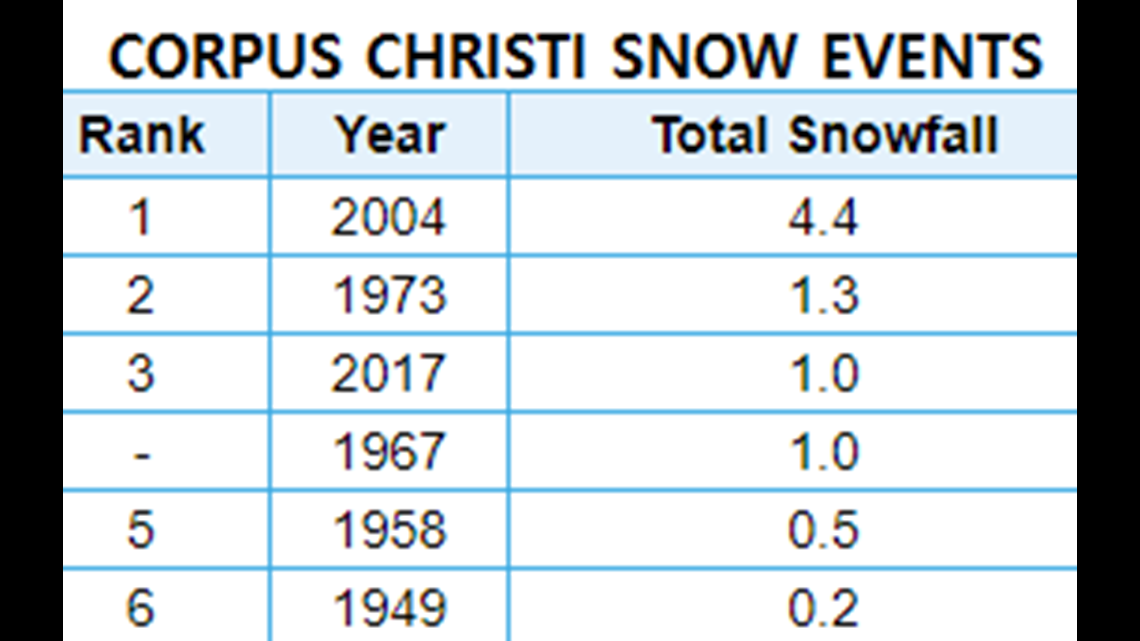
Since 1948, measurable snow has fallen 6 times in Corpus Christi. That's 6 times out of 72 years worth of records; working out to a 1 snow episode per 12 year average. It's not common here, but I understand the disappointment when the flakes don't fly.

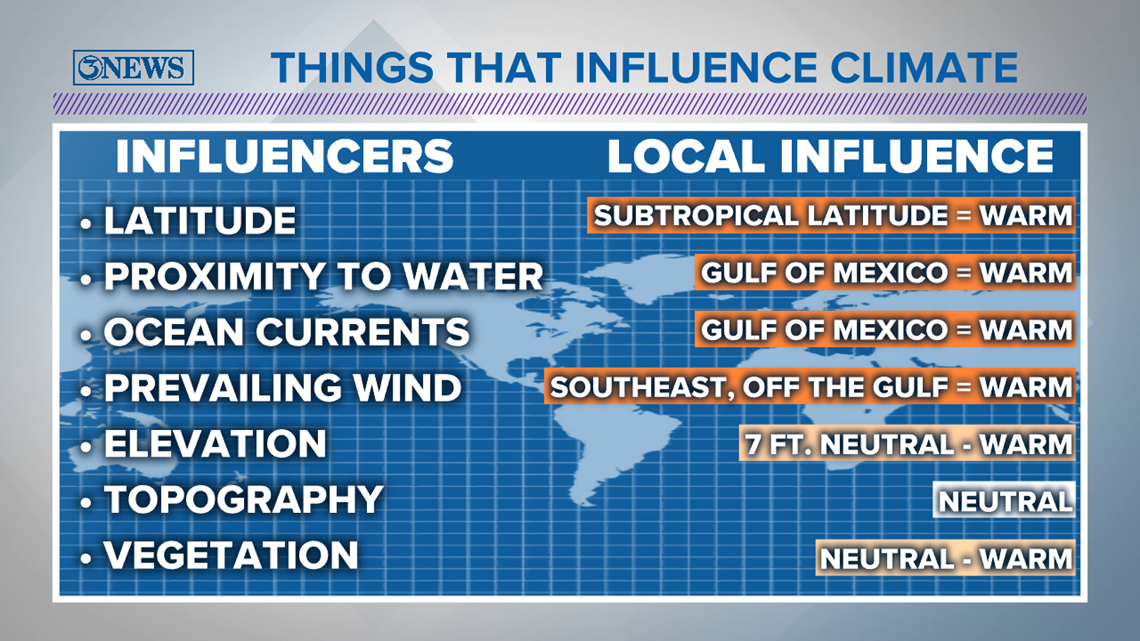
The two snow events over the last 2 weeks were both north of I-10 and 200+ miles north of here, which is significant not only in distance, but also elevation and proximity to the Gulf; both of which work against snow, and cold in general, in Corpus Christi (see climate influencers above). For perspective, the difference in distance between Corpus Christi and where snow has been falling is about the same as going from Boston to Philadelphia or New York in the Northeast.

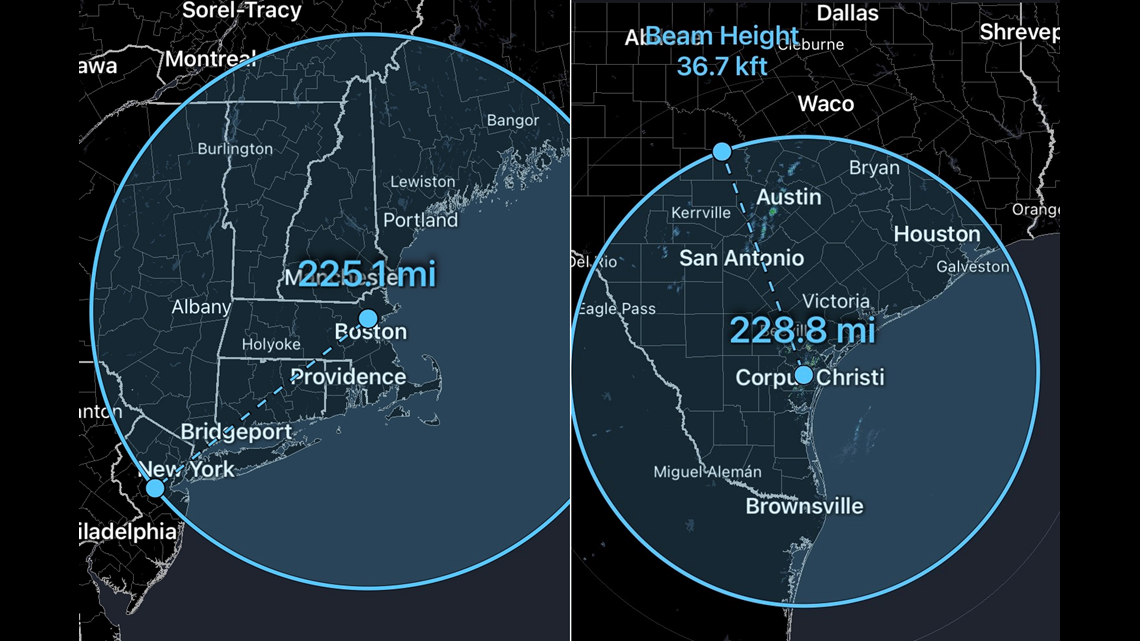
It takes many meteorological characteristics to mesh together to get snow production in this part of the world. You need a few things -
- Temperatures of -10°C (14°F) to -20°C (-4°F) (snow growth temperature zone)
- Enough moisture within the snow growth region
- Temperatures cold enough to keep that snow from melting prior to reaching the ground; think freezing or below; however, it is possible for snow to fall with above freezing temperatures at the surface.
The key is getting moisture in that snow growth region, while also having cold enough air in place down to the surface, which is a big atmospheric ask, locally. Often in the Coastal Bend, it'll rain prior to the coldest air arriving and when the cold air finally does arrive, it's dry and drives the rain out. So it rains, rain ends, THEN cold air arrives, but too late - that's what we've seen with the last two events.
On a year-to-year basis, it's more likely for a brush (or hit) by some type of tropical system in the Coastal Bend. Tropical storms come once every 5 years or so and hurricanes once every 12 (avg). Data from Barry Keim, published in the Journal of Climate. Tropical Season begins in June. Joy! (insert upside-down smiley face)

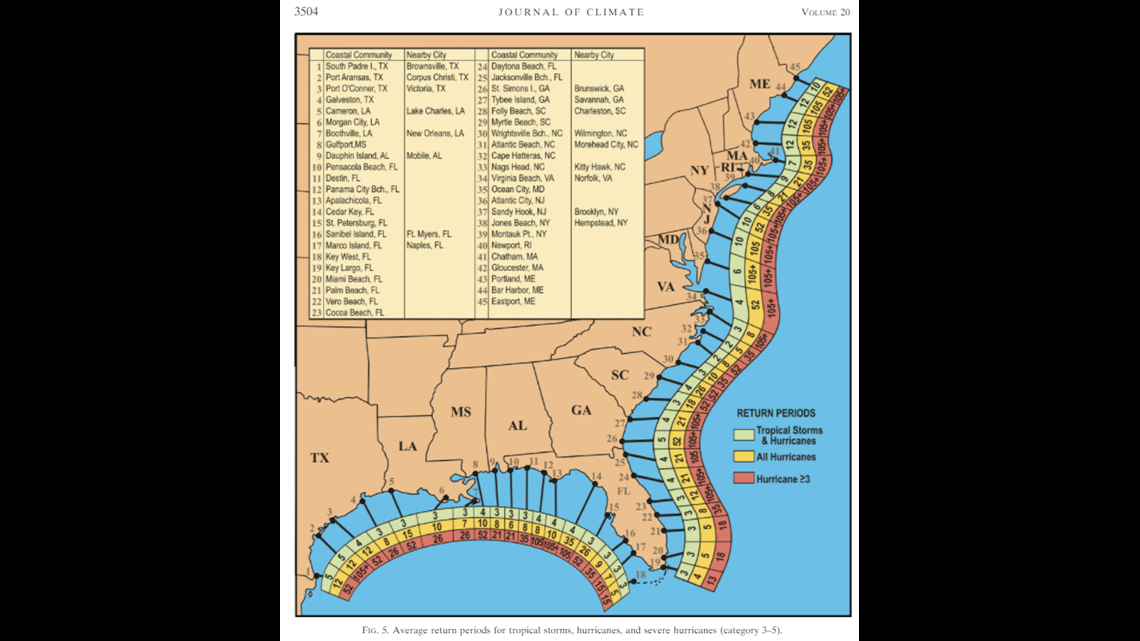
Holt, out.


